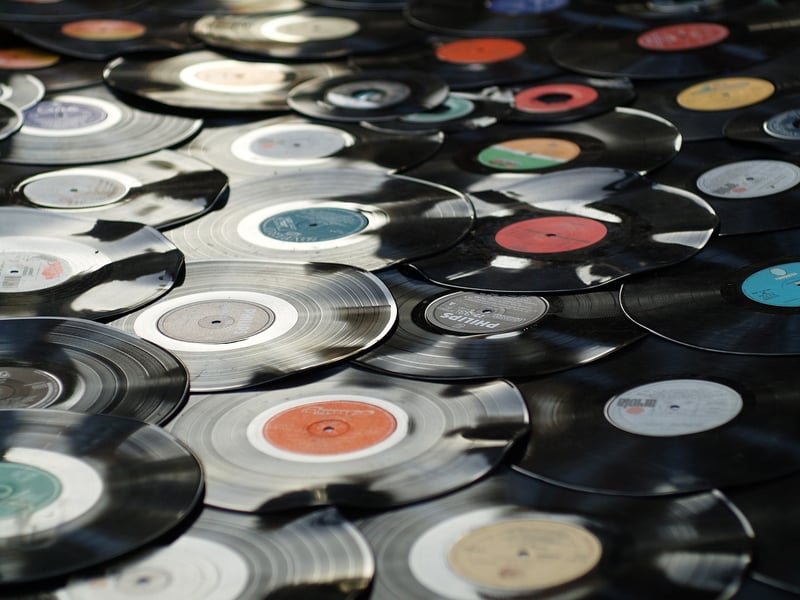Lighting Techniques
Capture Delicious Moments with These Lighting Techniques
Food photography is all about capturing the deliciousness of the dishes in front of you. Lighting plays a crucial role in showcasing the textures, colors, and details of the food. Whether you're a food blogger, a chef wanting to showcase your creations, or simply a food enthusiast, mastering lighting techniques can take your food photos to the next level. Here are some tips to help you capture delicious moments:
1. Natural Light is Your Best Friend
When possible, use natural light for your food photography. Natural light is soft, flattering, and brings out the natural colors of the food. Place your subject near a window or shoot outdoors during the golden hours (early morning or late afternoon) for beautiful, diffused light.
2. Diffuse Harsh Light
If natural light is too harsh, you can diffuse it using a sheer curtain, white sheet, or a diffuser. This softens the light, reduces harsh shadows, and creates a more even lighting on your subject.
3. Use Reflectors
Reflectors bounce light back onto your subject, filling in shadows and creating a more balanced look. You can use white foam boards, reflector discs, or even aluminum foil to reflect light onto the darker areas of your food.
4. Experiment with Artificial Light
While natural light is ideal, artificial light sources like softboxes, ring lights, or LED panels can also produce stunning results. Experiment with different light placements and intensities to find the perfect lighting setup for your food photos.
5. Play with Shadows
Shadows can add depth and drama to your food photos. Experiment with light angles to create interesting shadows that enhance the texture and shape of the food. Don't be afraid to play around with light and shadow to create a visually appealing composition.
6. Practice, Practice, Practice
Like any other skill, mastering food photography lighting techniques takes practice. Take the time to experiment with different lighting setups, angles, and props to find your unique style. The more you practice, the better you'll become at capturing delicious moments through your lens.

By incorporating these lighting techniques into your food photography, you can elevate your images and make your audience crave the dishes you capture. Remember, good lighting is the secret ingredient to mouthwatering food photos!
